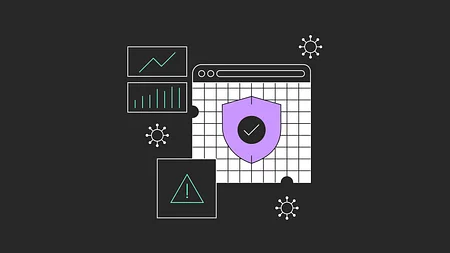What’s the deal with microinsurance?

I know what you’re thinking, but no - microinsurance is not insurance for really really small people. Trust me, I’m as disappointed as you are.
Despite that, it’s still pretty interesting. It reaches hundreds of millions of people globally. Without all the bells and whistles. Let’s dig in. You should also check out this episode of our Insurtech Insider Insights podcast. We talked about these ideas a little more with some awesome guests.
What is microinsurance?
The short answer is that it’s insurance specifically designed for lower-income customers from emerging markets. Let’s put that under the microscope. Traditional insurance is famously quite expensive and complicated. It’s littered with terms and conditions and can be really difficult to access. Bank-only deduction methods, which are often used to facilitate access, assume that a population is banked. That’s often not the case.
Microinsurance works around these roadblocks. Benefit values are lower, payments are broken down into smaller increments and customers are still partially covered even if they can’t meet a full month’s premium. And the products are easy like a Sunday morning. Pricing is consistent across age, gender and smoker status. The process is simple and non-exclusionary. The same rules apply for individual and group policies. It’s a good system.
Microinsurance works around these roadblocks.
It might sound small but microinsurance is anything but niche. Out of a global population of 7.8bn, a relatively small 1.8bn are considered rich. The rest are not so lucky. 1.8bn are very poor and the other 6bn are part of an emerging market. That’s where microinsurance is focused. It’s estimated that around 290 million people are covered by at least one policy around the world.
How is it distributed?
There’s a lot of demand for microinsurance in areas where financial stability and literacy are low. Where labour markets are informal and the gig economy is packed. Where income is precarious and getting ill means working through it. No sick pay.
Embedded insurance and microinsurance go hand in hand. Partnering with mobile network operators has allowed Bima to reach a much wider network of customers. In this article, I explained why embedded insurance is a great way to bridge the trust gap between providers and some consumers.
Embedded insurance and microinsurance go hand in hand.
And the human touch still has its place in some markets. Especially when you’re trying to explain fairly complicated products to sceptical customers. In Africa, awareness of insurance offerings is sorely lacking. Speaking to someone on the phone can be a better remedy than trying to reach them through digital channels.
The future of microinsurance
Microinsurance has a few hurdles to overcome. Financial illiteracy is probably the biggest. And it goes both ways. How does an uninsured loan officer sell insurance? There’s a lack of understanding across the board in areas where microinsurance would have the most impact. Finding a common language is key to growing your customer base. And no, I don’t mean French or Spanish. What images and messages will strike a chord with potential customers around the world? Identify them and use them.
There’s also a big opportunity for innovation in this space. Sometimes markets that have been slow to move historically adopt new innovations very quickly. There’s a vacuum to fill, after all. Making processes more intuitive could lead to a real uptake in some geographies.
The biggest hope is that one day we’ll live in a world without the need for microinsurance. A resilient world with a decent level of social protection everywhere. In the meantime, it’s a really useful service that helps a lot of people in need.



